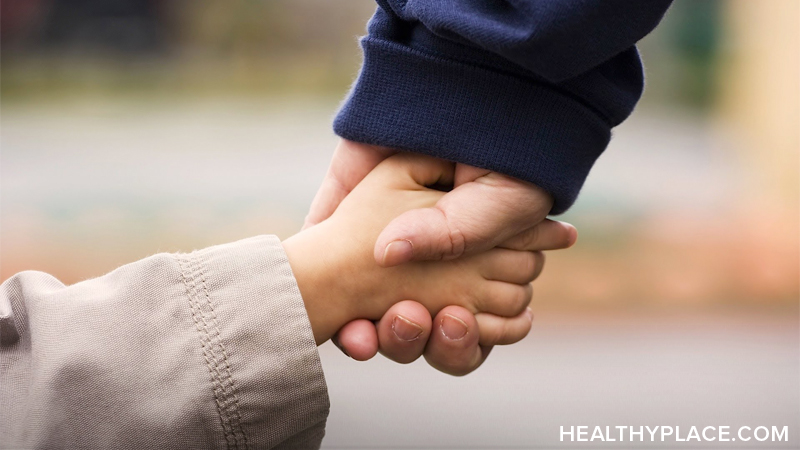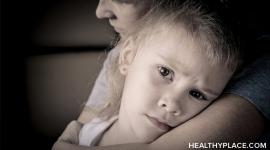Reactive Attachment Disorder (RAD) Treatment

Reactive attachment disorder (RAD) treatment is both necessary and possible. RAD is a trauma disorder that results from severe neglect in infancy. Because of extreme neglect, an infant doesn’t form an attachment to a caregiver; consequently, he/she doesn’t develop a sense of protection, safety, and trust in the world. This, in turn, leads to reactive attachment disorder, a withdrawal from the world and all social interactions and relationships. Because effects of RAD in teens and children can be deep and far-reaching, treatment for reactive attachment disorder is crucial.
Goals of Reactive Attachment Disorder Treatment
Treatment for reactive attachment disorder that is intentional and purposeful is the most effective. Depending on the person’s age, goals of treatment typically include dealing with issues that produced the reactive attachment disorder symptoms in the first place:
- Addressing medical problems that may have resulted from the neglect
- Establishment of a safe, nurturing environment
- Re-building or building new attachment relationships between the child and caregiver.
- Developing a sense of emotional security
- Improving social skills
- Providing opportunities for positive social experiences
Reactive attachment disorder treatment that focuses on these goals helps the infant, child, teen, or adult bond with others and engage in meaningful social relationships.
Essential Components of Reactive Attachment Disorder Treatment
Relationships are key in RAD treatment. People living with reactive attachment disorder don’t have the sense of trust necessary for attachment, so it takes time and patience for a caregiver or helper to form that essential bond. It’s the formation of this first attachment, though, no matter what age it happens, that is the first step in successful treatment of reactive attachment disorder.
Ironically, love is not the first and foremost element of relationships in RAD treatment. To be sure, love and caring are absolutely essential. They can’t happen, though, if basic survival needs of nurturance, safety, trust, and stability aren’t met. Yes, these things are ideally provided with love; however, attempts to provide love and physical affection without taking the time to establish trust and safety will be met with rejection.
Also essential to reactive attachment disorder treatment is the establishment of routines. Routines make life predictable, stable, and secure for the child who didn’t have these basic human needs fulfilled as an infant.
Psychological stimulation is another vital for helping the RAD child or teen become less withdrawn. Toys and games, especially those that require child-adult interaction help kindle the mind and promote social interaction.
Types of Reactive Attachment Disorder Treatment Approaches
For infants and very young children, reactive attachment disorder treatment approaches have an external focus. Because children under the age of five are too young for treatment that focuses on thoughts and feelings, RAD treatment under the age of five focuses on improving the child’s external environment and fostering attachment relationships.
Beyond the age of five, RAD treatment addresses the above-mentioned goals. The way these goals is approached can vary depending on the therapist, parent, and child/teen/adult him/herself (Reactive Attachment Disorder in Adults). Among the common treatments for reactive attachment disorder are:
- Cognitive-behavioral therapy for thoughts and emotions
- Adlerian therapy or reality therapy; approaches that examine the specific purpose of behavior and then help the person develop better skills for meeting his/her needs
- Play therapy to allow people to work through issues that words don’t always express
Because lack of attachment in infancy makes it difficult for someone to develop a bond and rapport with others, treatment can be slow and difficult. With patience and consistency, though, children, teens, and adults have a chance to develop trust and form a connection. From there, he/she can form other meaningful relationships and function well. Treatment for reactive attachment disorder is important and necessary, and it can be successful.
APA Reference
Peterson, T.
(2021, December 21). Reactive Attachment Disorder (RAD) Treatment, HealthyPlace. Retrieved
on 2025, April 24 from https://www.healthyplace.com/ptsd-and-stress-disorders/reactive-attachment-disorder/reactive-attachment-disorder-rad-treatment


